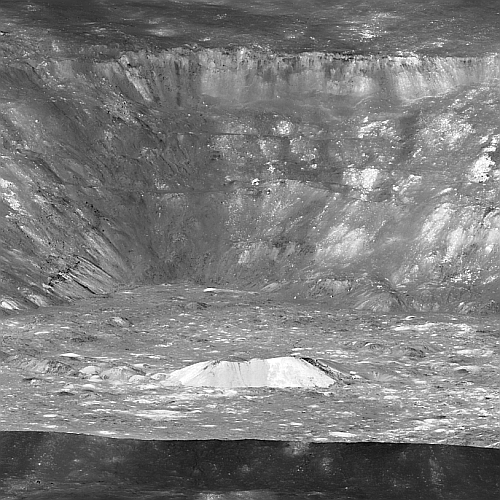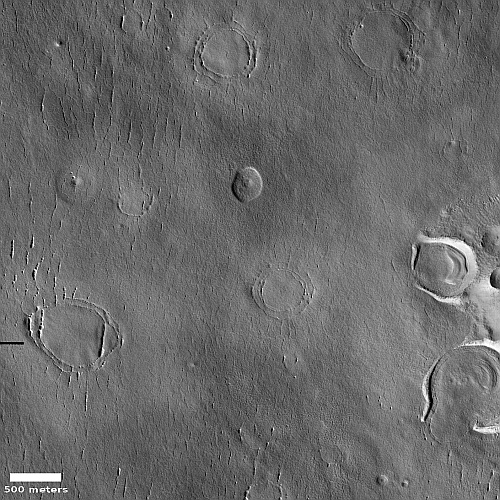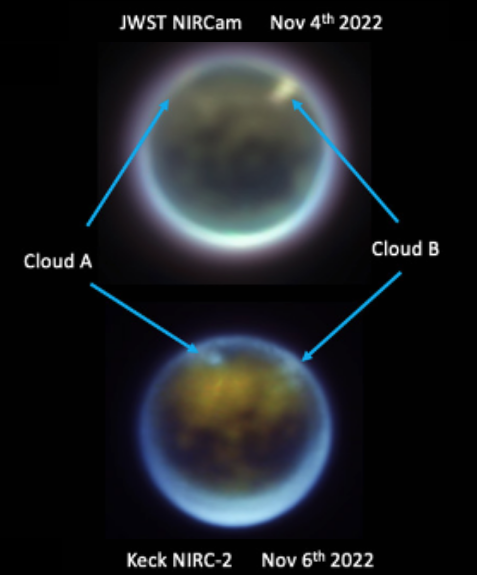Today’s blacklisted American: Richmond restaurant to the Family Foundation: “No Christians served here!”

They’re coming for you next: The restaurant, Metzger’s Bar and Butchery in Richmond, Virginia, has now decided that it will no longer serve Christian-affiliated organizations.
Last week The Family Foundation, which is affiliated with the Christian ministry Focus on the Family, had scheduled a gathering at Metzger’s. However, ninety minutes before the event was to take place, Metzger’s told the foundation that it would not serve them, and the event was cancelled. In the restaurant’s own words:
“We refused service to a group that had booked an event with us after the owners of Metzger found out it was a group of donors to a political organization that seeks to deprive women and LGBTQ+ person of their basic human rights in Virginia,” they wrote. “We have always refused service to anyone for making our staff uncomfortable or unsafe and this was the driving force behind our decision.
“Many of our staff are women and/or members of the LGBTQ+ community,” the community wrote. ‘All of our staff are people with rights who deserve dignity and a safe work environment.” [emphasis mine]
So in other words, Metzger’s has now posted a sign on its door, stating bluntly “No religious individuals served here!”
» Read more

They’re coming for you next: The restaurant, Metzger’s Bar and Butchery in Richmond, Virginia, has now decided that it will no longer serve Christian-affiliated organizations.
Last week The Family Foundation, which is affiliated with the Christian ministry Focus on the Family, had scheduled a gathering at Metzger’s. However, ninety minutes before the event was to take place, Metzger’s told the foundation that it would not serve them, and the event was cancelled. In the restaurant’s own words:
“We refused service to a group that had booked an event with us after the owners of Metzger found out it was a group of donors to a political organization that seeks to deprive women and LGBTQ+ person of their basic human rights in Virginia,” they wrote. “We have always refused service to anyone for making our staff uncomfortable or unsafe and this was the driving force behind our decision.
“Many of our staff are women and/or members of the LGBTQ+ community,” the community wrote. ‘All of our staff are people with rights who deserve dignity and a safe work environment.” [emphasis mine]
So in other words, Metzger’s has now posted a sign on its door, stating bluntly “No religious individuals served here!”
» Read more















